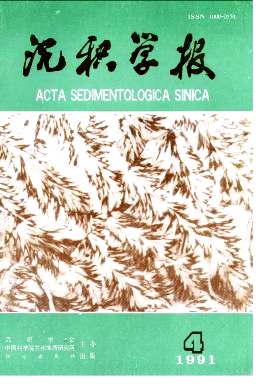The Stratigraphic Model of the Late-Quaternary Barrier-Lagoon Depositional Systems Along the Coast of China
- Received Date: 1989-11-14
- Publish Date: 1991-12-10
Abstract: According to the stratigraphic position, depositional facies relationships and mode of formation, the late-Quaternary barrier-lagoon depositional systems along the coast of China can be classified into four types: 1 transgressive; 2 regressive; 3 stable; and 4 locally transgressive. On vertical section, the transgressive barrier-lagoon system occurs in the lower part of the sediment layers between the continental shelf and the boundary of maximum transgression; the regressive type occurs in the upper part of the Holocenc strata between the boundary of maximum post-glacier transgression and the present coastal line; the stable type occurs in the narrow zone near the maximum transgressive limit, which constitute ideal distribution model of various barrier-lagoon system. The coast of China cuts across the tectonic uplift and the subsidence belts. More than 90 percent of the total riverine sediments discharge into the subsidence belt forming broad coastal plain and thick depositional layers, which provides favorable conditions for the developing and preservation of ideal distribution model of barrier-lagoon systems. In the uplift belt, due to the poor sediment supply, stable and local transgressive types tend to be developed. The optimistic site for the development of barrier-lagoon system lies in the transitional area between the uplift belt and subsidence belt.
| Citation: | Li Congxian, Chen Gang, Wang ping. The Stratigraphic Model of the Late-Quaternary Barrier-Lagoon Depositional Systems Along the Coast of China[J]. Acta Sedimentologica Sinica, 1991, 9(4): 12-19. |






 DownLoad:
DownLoad: